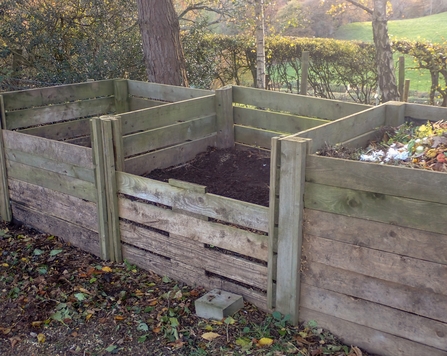What have the fungi ever done for us?
Fans of Monty Python may remember a sketch from ‘Life of Brian’ where Reg (John Cleese) and the team were decrying the behaviour of the omnipotent Roman empire by asking the rhetorical question: 'what have the Romans ever done for us?'. Only to be forced to admit that without their innovations, life as they knew it, would be very different and a lot harder. Well I think the case can be easily made that fungi have done even more for us than the Romans did without the more unsavoury downsides of life in Roman times.


